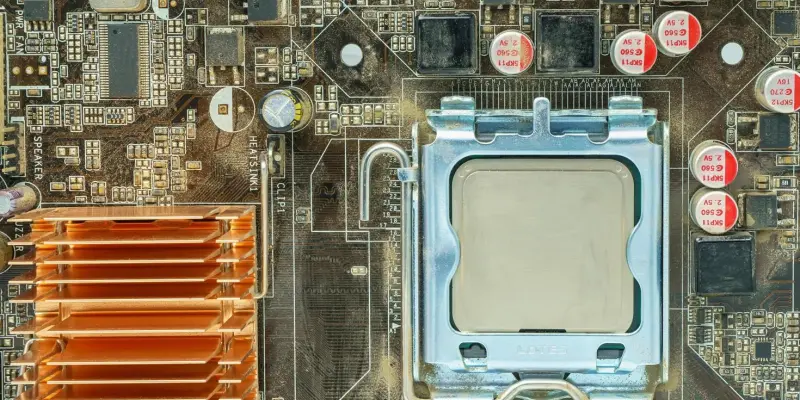The realm of gaming graphics cards is in a state of constant evolution, with manufacturers vying for supremacy through innovative designs and technology. In this competitive environment, AMD’s decision to launch the 8GB RX 9060 XT has stirred considerable interest. As gaming demands grow increasingly sophisticated, players and tech enthusiasts often ponder if a midrange graphics card with only 8GB of VRAM can genuinely cater to contemporary gaming needs. Historical precedents and evolving trends suggest that AMD’s strategy to release both an 8GB and a 16GB variant reflects a keen understanding of diverse market requirements. While some might question the 8GB version’s longevity in the face of games demanding ever more VRAM, others see it as a calculated move to capture price-sensitive consumers who still crave quality performance.
AMD’s Strategic Positioning and Market Competition
AMD’s decision to launch the RX 9060 XT in two versions reflects a strategic approach in addressing the competitive GPU market. Initially, the idea to scrap the 8GB model emerged, driven by past criticism related to similar GPU offerings. Nvidia’s RTX 5060 Ti 8GB faced backlash over its limited VRAM capacity, but AMD chose to cater to budget-conscious consumers. By releasing both variants, AMD stays true to its mission of delivering affordability without compromising technological advances. Although the 8GB model might be constrained in high VRAM-demanding games, it still stands as an attractive option due to its lower price. The simultaneous launch of a 16GB variant highlights AMD’s understanding that current gaming needs might be met with the 8GB model, yet the 16GB version offers future-proofing. As games grow increasingly complex, higher VRAM becomes crucial. AMD’s dual approach gives consumers the choice to match their purchases with both present gaming habits and future needs, showcasing their skill in navigating a shifting GPU landscape.

